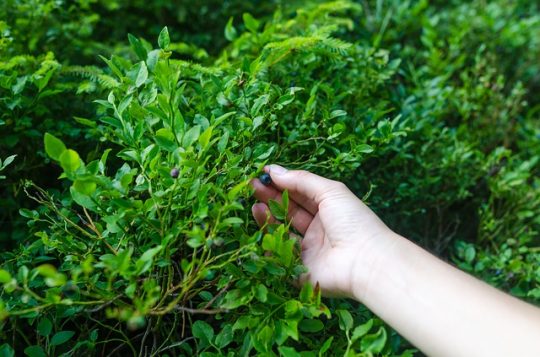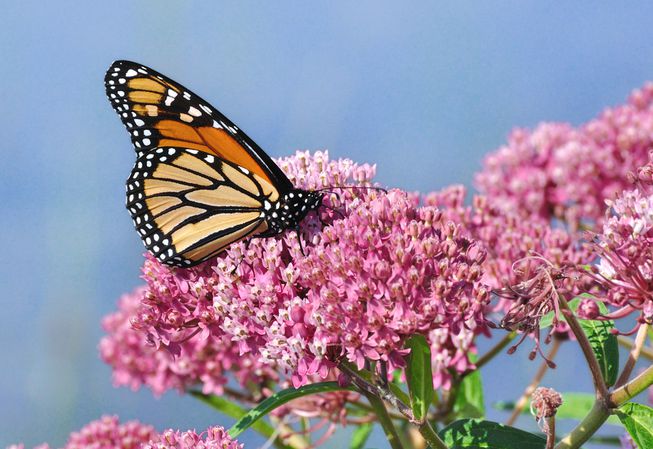How do You Milk a Weed?

by Coy Domecq

Like many misunderstood native plants, some are maligned for seemingly having no redemptive value to humans. This is often the case for milkweed. Many people are aware that the larvae of Monarch butterflies feed specifically on the milkweed plant as their sole source of nutrition. Some nature-lovers plant milkweed plots to bolster butterfly food resources. Unfortunately, and in some cases, for good reason, the presence of milkweed plant is unwelcome because it impinges upon farming practices. After all, isn’t that what “weeds” do?
It may come as a surprise that parts and stages of milkweed are edible by humans. As always, positive identification is required so as not to be confused with the similar-looking toxic dogbane and proper preparation is required to minimize any adverse effects. The tender young shoots and pods can be prepared as boiled or sautéed once properly leeched. The silk extracted from the pods has a cheese-like texture useful as a binder in casseroles. Native Americans used milkweed as a dietary supplement, much as we use green peppers, and even extracted a mild sweetener from the plant. Probably more importantly, they derived medicinal uses for ailments ranging from warts to fever, stomach and lung conditions. The milkweed genus name Asclepias is a nod to the Greek god of medicine, Asclepius.
In order to gain absolute certainty of the variety of your milkweed plant, the best way is to plant seeds from a known source and type. I am actively seeking any seeds that may be available for chocolate milkweed.
https://monarchjointventure.org/get-involved/create-habitat-for-monarchs
Coys last months post click here




